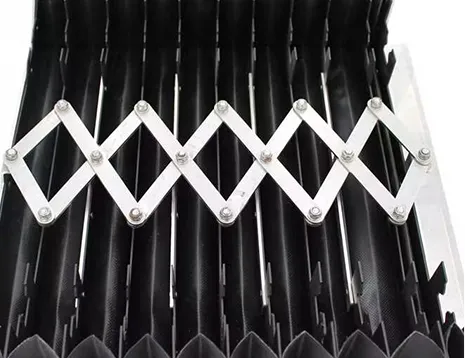what is a chip conveyor
Understanding Chip Conveyors An Essential Component in Manufacturing
In the realm of manufacturing, particularly in metalworking operations, the effective management of chips and scrap produced during machining processes is crucial. One of the key systems designed to handle this task is the chip conveyor. But what exactly is a chip conveyor, and why is it so vital in the manufacturing sector?
A chip conveyor is a specialized mechanical system designed to transport metal chips and shavings away from machining operations to a designated area for collection or recycling. These devices are integral in various applications, including CNC machining, milling, and turning operations. By efficiently moving chips away from the work area, chip conveyors help maintain a clean workspace, reduce the risk of accidents, and improve the overall efficiency of production processes.
The design of a chip conveyor can vary significantly depending on the type of machining operation and the volume of material being handled. There are several common types of chip conveyors, including
Understanding Chip Conveyors An Essential Component in Manufacturing
2. Screw Conveyors This type uses a rotating screw within a tubular casing to transport chips. Screw conveyors are best for moving smaller quantities and can handle a variety of chip types, including fine particles or larger shavings.
what is a chip conveyor

3. Magnetic Conveyors Designed for ferrous materials, magnetic chip conveyors use magnets to move metal chips. This type is beneficial because it reduces the contamination of chips with coolant and minimizes space requirements.
4. Belt Conveyors Although traditional, belt conveyors are still widely used. They consist of a belt that moves chips on the surface. They are easy to install and maintain but may not be as effective in harsh environments where debris might clog the belt.
One of the most significant advantages of installing a chip conveyor in a manufacturing facility is the enhancement of operational efficiency. By automating the removal of chips, manufacturers can reduce the downtime typically spent on cleaning and maintenance. This leads to increased machine uptime, allowing for a more continuous production flow.
Moreover, chip conveyors help improve workplace safety. Accumulated chips and scrap can pose slipping hazards, and their removal lowers the risk of accidents. It also allows for a more organized work environment, where operators can focus on their tasks without the distraction of debris.
In addition to efficiency and safety, chip conveyors play a critical role in sustainability initiatives within manufacturing operations. By efficiently collecting chips, manufacturers can easily recycle scrap metal, reducing waste and conserving natural resources. This aligns with the growing emphasis on sustainable practices in manufacturing.
In conclusion, chip conveyors are essential components in modern manufacturing processes. They not only enhance operational efficiency and ensure workplace safety but also contribute to sustainability efforts. By choosing the right type of chip conveyor, manufacturers can significantly improve their machining operations, leading to better productivity and reduced environmental impact. As the industry continues to evolve, the role of chip conveyors will likely become even more integral to achieving streamlined and eco-friendly manufacturing practices.








